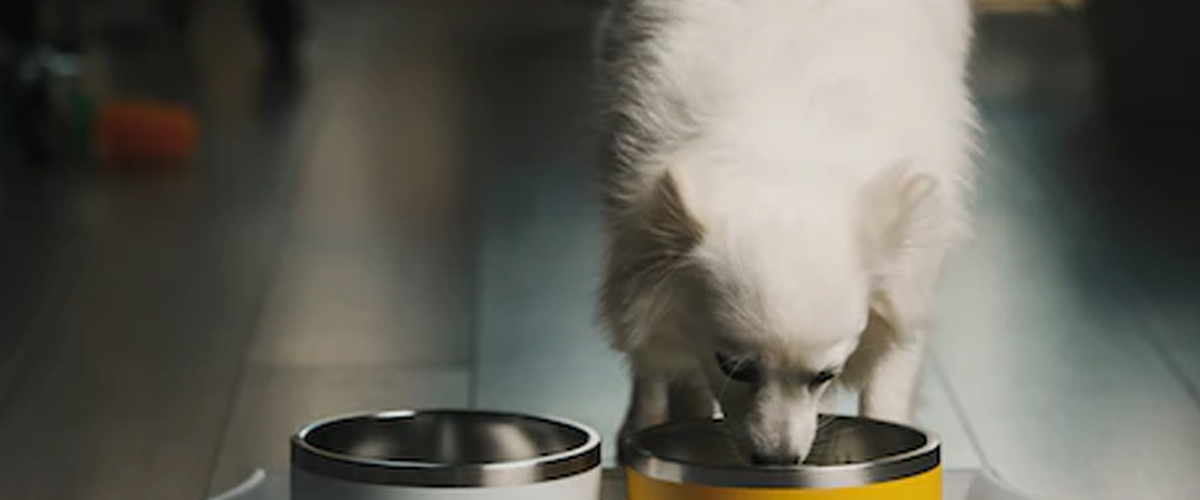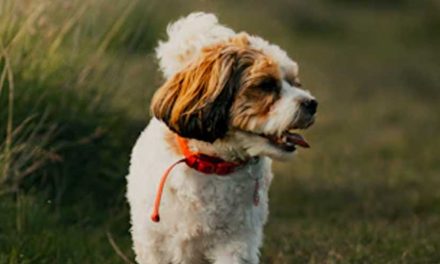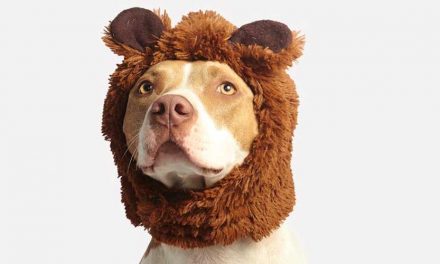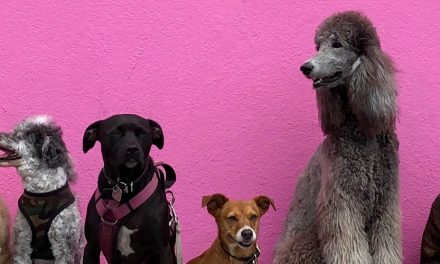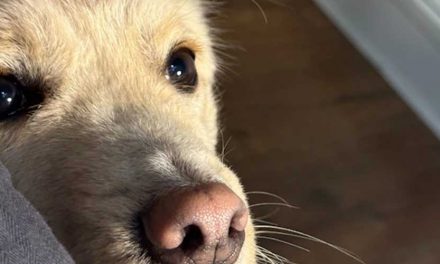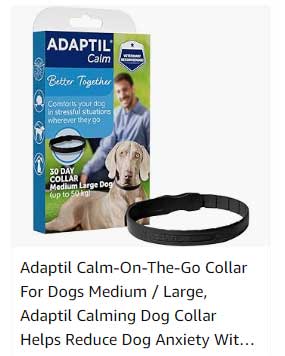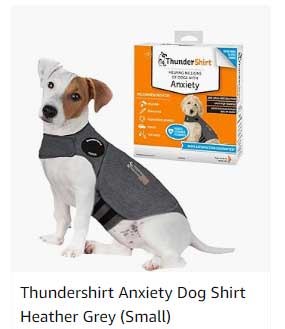Dog food guarding, also known as resource guarding, is a type of dog aggression that can escalate if not addressed promptly and effectively.
It is important to recognize the signs of this behavior early, which can include growling, snapping, or even biting when a person or another animal approaches the dog’s food or food bowl.
PREVENTION
One of the most effective strategies to prevent dog food guarding is through a process called “counter-conditioning.” This involves changing your dog’s emotional response to the perceived threat.
Instead of viewing you as a threat to their food source, your dog learns to see your approach as a positive occurrence.
WORKABLE SOLUTION
Hand feeding is a powerful tool in this process.
Begin by feeding your dog their regular kibble directly from your hand, in a calm and quiet environment.
This not only reinforces your role as provider but also helps your dog associate your hands with positive experiences.
Feeding kibble in small amounts helps maintain control of the feeding process and prevents the dog from becoming overwhelmed.
STROKING
Simultaneously, you can incorporate gentle strokes with the feeding process to further build trust.
Start with stroking less sensitive areas like the back and gradually progress to more sensitive areas like the face and paws, always observing your dog’s comfort level.
If your dog displays discomfort or aggression, step back and progress at a slower pace.
TRADE UP
Another method to manage dog food guarding is the “trade-up” strategy.
Start with a low value item, like a toy, and as your dog grows comfortable with you approaching, trade it for a higher value item like a treat.
This teaches your dog that you approaching means they get something even better, reducing the fear and aggression associated with someone nearing their resources.
SLOW AND STEADY
While these techniques can be effective in preventing and managing dog food guarding, it’s crucial that they are done with patience and consistency.
Progress may be slow, and setbacks can occur. However, with time, most dogs can learn to reduce their resource guarding tendencies.
BEHAVIOURIST AND BEHAVIOURAL SUPPORT TRAINERS
Professional help may be necessary in severe cases.
Dog behaviorists and trainers skilled in aggression issues can provide valuable assistance.
They can offer tailored strategies and techniques to manage and resolve dog food guarding based on your dog’s specific behavior and needs.
Remember, preventing dog food guarding is not just about ensuring the safety of people and other pets but also about improving your dog’s quality of life.
Helping your dog feel secure and comfortable with resources, especially food, is a vital part of their overall well-being.

